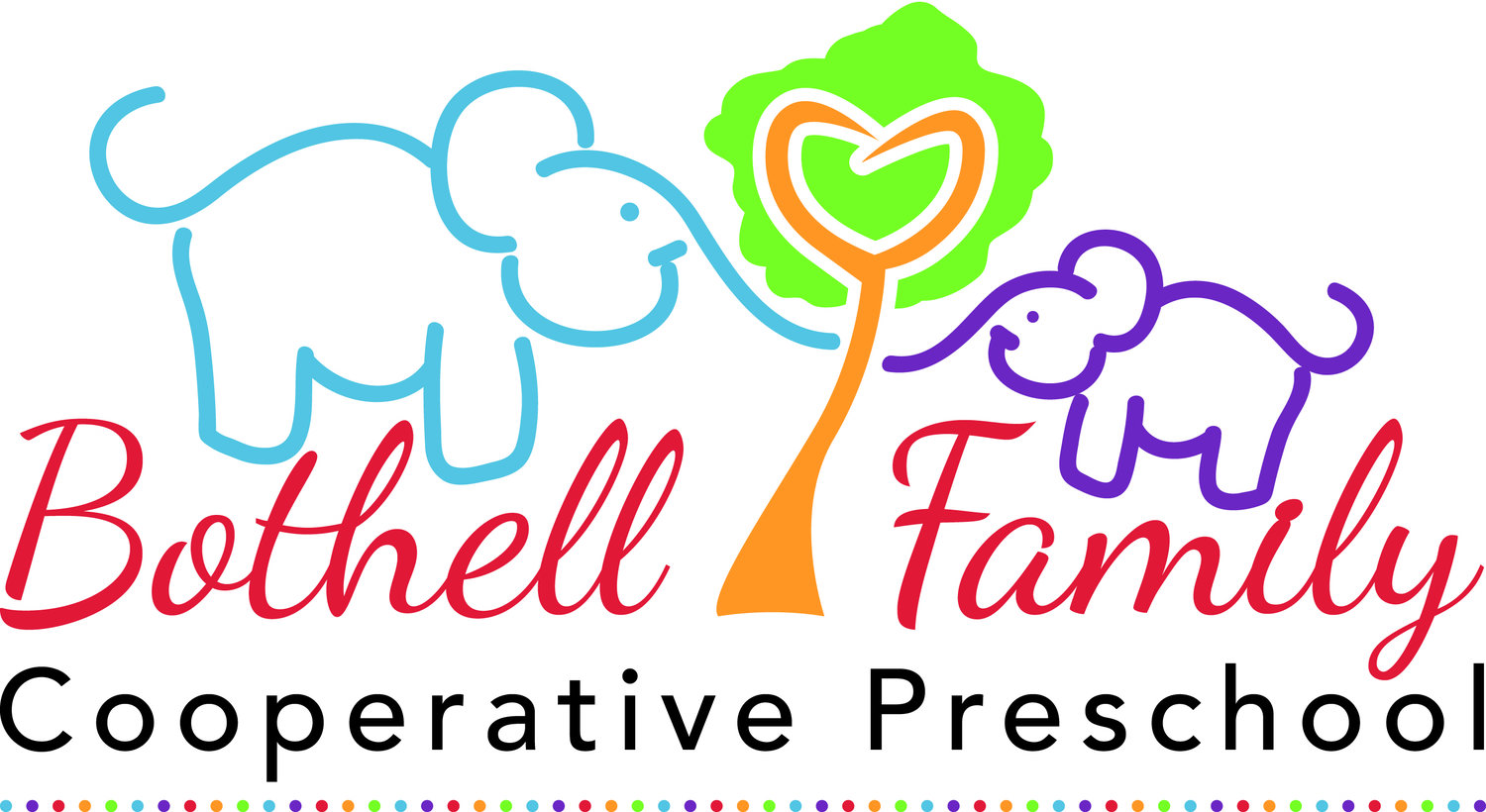By Amanda Johnson
Similar to my last post, I have another board member interview for you. Today I’m joined by Kelsey Denney, the Curriculum Chair for Bothell Family Coop Preschool. I’m so glad she agreed to be interviewed because I totally did not know what fell under her umbrella. And, boy, is it a lot! I’ll let her tell you about it.
1. In a sentence or two, tell us who you are and what is your role on the BFCP Board?
I am Kelsey Denney, this year's Curriculum Chair and occasional BFCP Substitute Instructor. This is my family's second year at BFCP, but I have been involved in cooperative preschool for over 32 years if you count all the way back to when I was a toddler attending a Shoreline Community College network co-op preschool in the 1980s. Returning to co-op preschool with my daughter at BFCP in many ways has felt like coming home.
2. What are your main responsibilities as a board member?
The Curriculum Team at BFCP works to support the needs of our wonderful and talented instructors, Teacher Kathy and Teacher Beth. There are many things that fall under our umbrella including setting up dramatic play, planning excursions, planning cooking and gardening projects, maintaining the author of the month program, handling scholastic book orders, making playdough, and preparing materials for classroom activities and projects. My role as Curriculum Chair is to meet with the teachers every month, alongside the fabulous Kathleen Wick (the other half of our current Curriculum Team parent leadership), to learn about what curriculum needs are coming up and to help brainstorm ideas. The main job of the Curriculum Team leaders is to support the team as we work together to accomplish our goals, and delegate assignments as needed.
3. What made you want to run for this position in particular?
I was a member of the Curriculum Team last year and loved it. My background is in education and the arts, and have enjoyed being able to draw from that to contribute at BFCP.
4. How have you balanced being a board member with your responsibilities as a parent, with a job, etc?
I am able to successfully balance being a board member, being a parent, and working mostly due to the incredible support I receive from my family. That support comes most notably from my mother, a seasoned co-op parent herself who did co-op preschool with all four of her daughter's in the 1980s and early 1990s.
5. What has surprised you most about being a board member?
The thing that has surprised me most about being a board member is that there is always something new to learn about the inner workings of the preschool. There are so many complicated moving parts to keeping a cooperative preschool up and running, and BFCP is very fortunate to have so many dedicated parents keeping everything operating smoothly. Cooperative education really proves the old adage that many hands make light work!
6. Tell us about your family. Who goes to BFCP?
My daughter Kyla is in PreK this year at BFCP. We live in Kenmore, with three generations of our family under one roof. The newest member of our family is a long haired dachshund named Mr. Noodle, who joined our family around this time last year.
7. What do you like to do when not at school?
My family loves to do arts and crafts. When we are not at school, we likely off somewhere getting messy with paint, glitter, and glue (we actually like doing that at school too!) We also enjoy exploring Farmer's Markets and Street Fairs, baking banana bread, kite flying, camping, and container gardening
8. Where are you originally from?
I was born and raised in the Seattle area. I have studied abroad in Italy and Japan, and visited all 50 United States when I worked for the Bureau of Education and Research managing Continuing Education workshops for teachers. I have lived in Walla Walla and Skagit County, in addition to various neighborhoods in the Seattle area.
9. What’s your favorite snack to provide your preschooler’s class?
My favorite snack to make is frozen yogurt pops. It's so easy, you just pour your favorite yogurt into an ice cube tray, pop a popsicle stick in each cube, and freeze. We like to use a silicone tray with fun shapes like hearts or fish when we make them.
10. What message would you like to give those interested in running for your position for the 2019-2020 school year?
Our BFCP Community works best when we all embody the spirit of cooperative and find the ways to pitch in that work best for our families and us. If you are interested in being on the board, I recommend talking to our fantastic instructors and current board members and learning all you can about the details of positions that interest you so you can make an informed decision and feel confident in your ability to serve on the board. The time and energy you put into BFCP will be well spent and appreciated by our entire learning community.
Thank you, Kelsey, for your time and thoughtful answers. I didn’t realize how many of the activities we enjoy at preschool are a direct result of you and your team. I love that you have such a rich tradition with coop preschools. I do too – I went to BFCP way back when it was Lake Forest Park Preschool. I only learned about the connection when we enrolled our son last year. The community you speak of above is one of the reasons that drew us in.



















